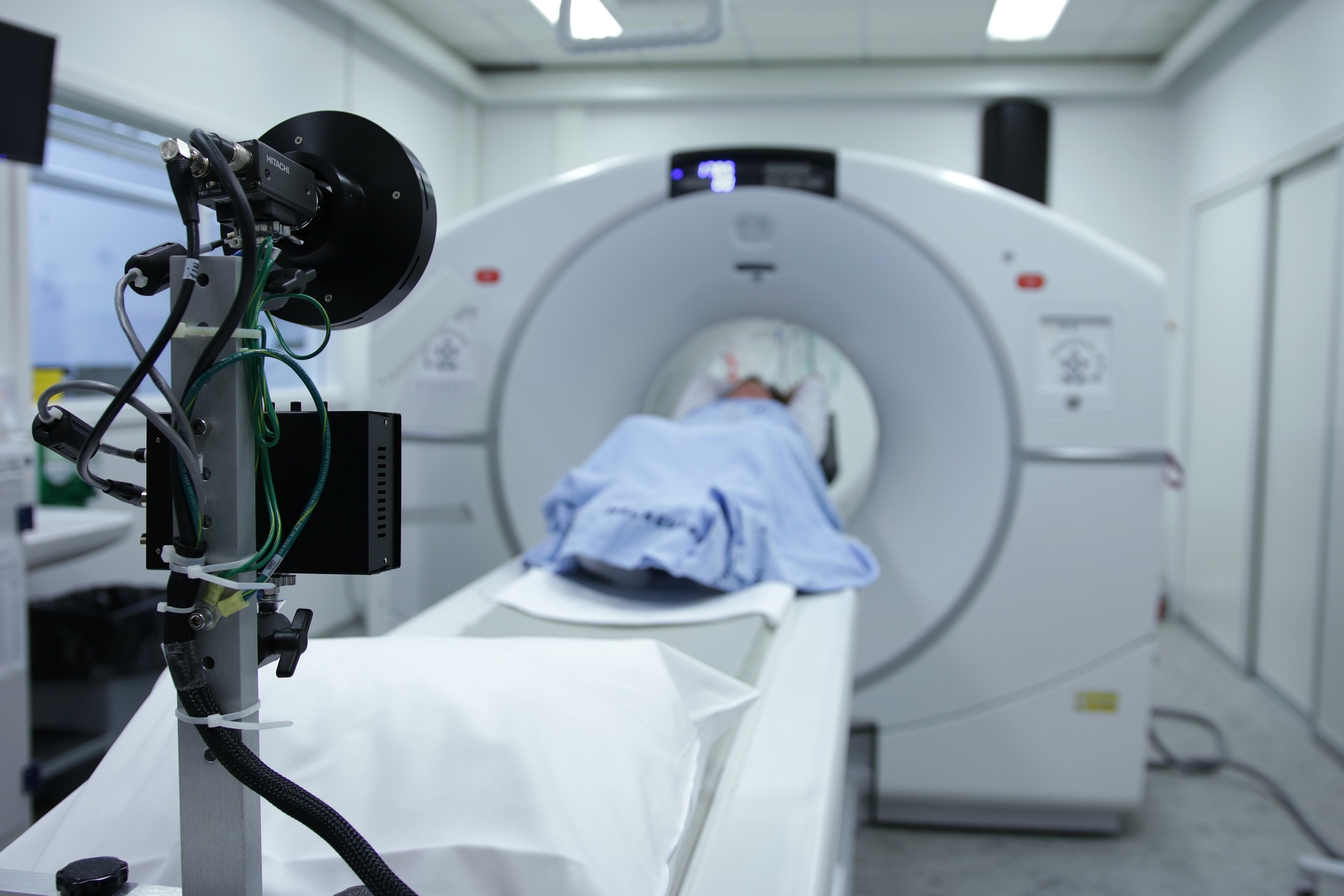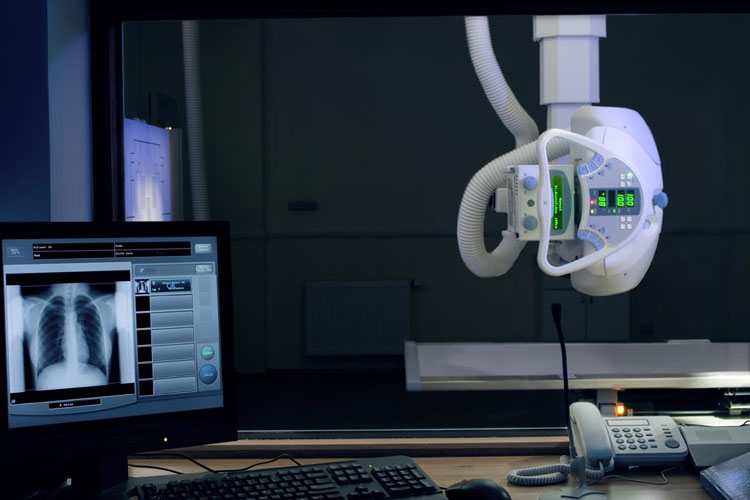Medical Radiologist
Medical radiologists are in high demand due to their expertise in helping physicians accurately diagnose conditions ranging from cancer to heart disease. As the pressures on healthcare increase due to understaffing issues, the demand for radiology professionals will only continue to grow.
Career Insights
Medical Radiologist Career at a Glance
Medical radiologists are specialized medical professionals who use imaging techniques to diagnose and detect diseases in the body. This cutting-edge technology provides medical doctors with valuable information that they can use to create effective treatment plans. Medical radiologists must have a comprehensive understanding of medical imaging techniques like X-Rays, CT Scans, MRI, and Ultrasound, as well as an in-depth knowledge of disease symptoms and treatments. Medical radiologist careers also require a broad base of medical knowledge related to the human body, disease processes and medical terminology. With the increasing medical technological advances, medical radiologists will have their hands full for years to come. Becoming a medical radiologist is an exciting career path for those looking for innovation and challenge in the medical field.
Why Medical Radiology Careers are in Demand
Medical radiology is an incredibly important field of medicine that offers a wide range of career opportunities. With medical radiology playing an increasingly significant role in diagnosing, treating, and understanding a variety of medical conditions and illnesses, radiology professionals are some of the most in-demand healthcare practitioners today. Not only do radiological technologists provide numerous accurate diagnostic imaging procedures that make diagnosis possible, but they also help to ensure patient safety throughout treatment by monitoring vital signs and administrative duties.
Benefits of Being a Medical Radiologist
Medical radiologists can explore multiple career paths within the medical profession. They receive additional training in specialized medical fields such as cardiology and neurology, giving them an opportunity to gain wide-reaching medical knowledge.
Additionally, medical radiologists have the chance to work with multiple departments, expanding their understanding for how different areas of medical care interconnect. With the power to improve patient outcomes and care, medical radiologists usually find great enjoyment in their jobs.
Medical radiologists play an important role in diagnosing and treating illnesses. With this type of career, you have the potential to work in many different settings including hospitals, clinics, and research labs. As a medical radiologist, you can also make an impact on patients by providing them with accurate diagnoses and treatments based on their images. You could also become part of groundbreaking research studies that help shape the future of medicine and healthcare.
What it’s like to be a Medical Radiologist.
Do you ever wonder what it would be like to become a medical radiologist? For those considering college, Lone Star College offers career knowledge on medical radiology to help equip students with the necessary information as they decide their career path. Read on to explore some of the qualities and duties associated with becoming a radiologist and how courses at Lone Star College can assist in developing those desired traits. We’ll also discuss some industries that recruit them, emphasize why an education is important for this particular profession, and talk about the various job titles held by successful radiologists. If you’re interested in diving into the world of medical imaging, continue reading – we’ll make sure you’re well-informed!
Career Outlook
The outlook for medical radiologists looks bright—especially for those who attend Lone Star College! Th U.S. Bureau of Labor Statistics reports that radiologic and MRI technologists average $61,980 per year. Our top-notch Medical Radiologic Technology AAS degree program provides students with the skills they need to become successful within this field. With our hands-on approach and innovative curriculum, students can expect excellent job prospects upon graduation. Additionally, there are ample opportunities for advancement within this field; many medical radiologists eventually go on to specialize or open their own practice after gaining experience as an employee or contractor within this field.
Types of Jobs
Medical radiologists are medical professionals who specialize in medical imaging techniques. Working with both medical staff and patients, medical radiologists use specialized equipment to produce medical images that can be used to diagnose and treat medical conditions. They may also operate radiation therapy equipment to help treat cancer. Other jobs available for medical radiologists include teaching students at medical school or training other healthcare personnel in how to use imaging equipment. Due to their expertise and advanced knowledge, medical radiologists typically enjoy a high salary while also providing a valuable service to those in need of medical care.
Future Prospects
In the future, medical radiologists will be expected to take on an even greater role in healthcare. Due to advancements in medical technology such as MRI scans and X-Rays, medical radiologists will become indispensable professionals when it comes to diagnosing issues and determining treatment plans. With an increased reliance on medical images, medical radiologists will continue to play a vital role in providing accurate medical diagnoses for years to come.
Radiologic and MRI technologists are expected to experience steady growth in the coming years. In fact, an average of 16,600 openings for skilled professionals can be anticipated annually over the next decade due mainly to retirements and people transitioning into other careers.
Where to take this program
Programs and Certificates
At Lone Star College, you can choose from several different programs and certificates such as the Associate of Applied Science (AAS) in Medical Radiologic Technology or certificates in Computed Tomography and Magnetic Resonance Imaging). Both options offer students hands-on training in medical imaging techniques such as X-ray technology, magnetic resonance imaging (MRI), computed tomography (CT), angiography, mammography, ultrasound imaging and nuclear medicine. Students will also gain experience with patient care, radiation safety practices, clinical competencies, and other related topics.
More Info about Medical Radiology
If you’re interested in starting your medical radiologist career at Lone Star College, don’t hesitate to reach out for more information today! Our staff is here to answer any questions you may have about our programs or resources available to help you get started on your path to success!

